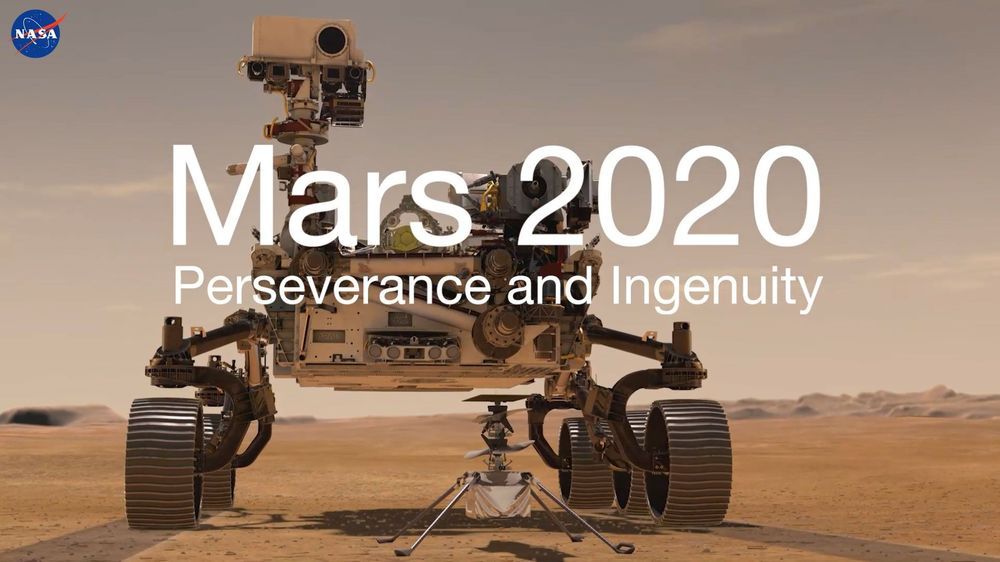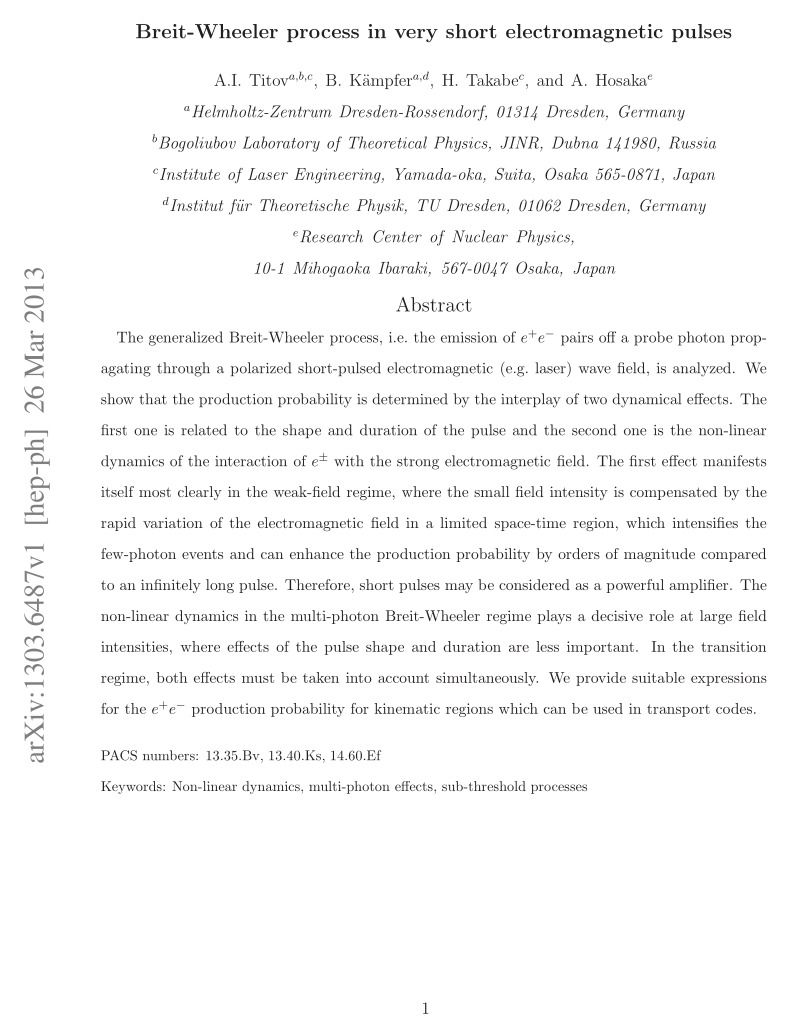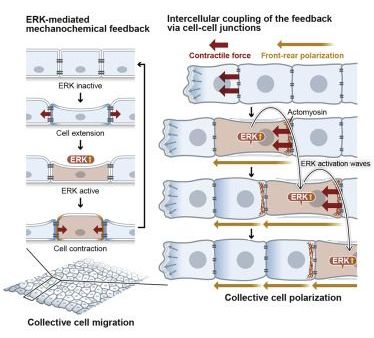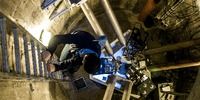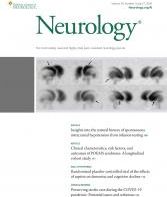We’re going back to Mars, and we’d like you to be our virtual guest on the trip. On July 30, NASA will launch the Mars 2020 Perseverance rover on a seven-month journey to the Red Planet. After landing in Jezero Crater, the robotic astrobiologist and scientist will search for signs that microbes might have lived on Mars long ago, collect soil samples to be returned to Earth on a future mission and pave the way for human exploration beyond the Moon. Perseverance will be accompanied by a helicopter called Ingenuity, the first attempt at powered flight on another world.
Because of the coronavirus pandemic and in the interest of health and safety, NASA can’t invite you to Florida to watch the launch personally. However, there are many ways you can participate virtually:
